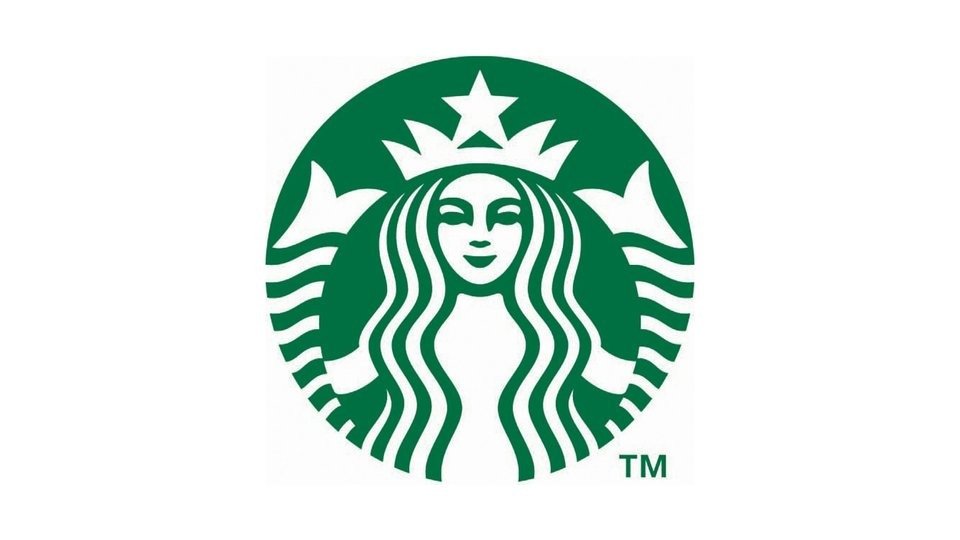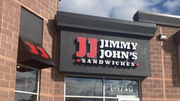Operations
Starbucks' turnaround plan takes hold
The chain reported its first global comp growth in seven quartersfueled by service and international markets.

October 30, 2025
The turnaround strategy announed in July by Starbucks CEO Brian Niccol is working.
The chain reported its first positive global comparable store sales growth in seven quarters for the fourth quarter of fiscal 2025.
"We set a plan, we're working the plan, and that plan is working," he told investors during a Wednesday call.
Niccol's "Back to Starbucks" strategy, centered on a comprehensive operational overhaul and aggressive international expansion, delivered a much-needed confidence boost to investors despite ongoing profit headwinds from inflation.
"There's more to do, but we took a major step forward in the quarter and proved 'Back to Starbucks' isn't a slogan, he said. "It's an enduring model for change and long-term growth, centered on customers and fueled by partners. "
International growth for the win
The International segment was the primary growth engine, delivering $2.1 billion in quarterly revenue and a 9% segment growth year-over-year. The chain also reported that:
- Global comparable store sales increased 1%, marking the first positive quarter since fiscal Q3 2023. This was led by a 3% rise internationally.
- Comparable store sales in China grew 2%, marking a second consecutive quarter of positive growth. That was driven by a 9% increase in comparable transactions, and the total store count in the market surpassed 8,000.
- It opened 316 global coffeehouses in the quarter, contributing to more than 900 new international stores in fiscal 2025.
Niccol credited the results to "disciplined innovation, and a refocus on core operations,"
US operations show slow, but 'crucial' progress
While the top-line global growth was internationally driven, the U.S. market showed momentum, particularly in transactions, where the turnaround plan is most focused.
- US comparable store sales were flat year-over-year.
- US company-operated transaction comps were down 1%, but this marked the fourth consecutive quarter of sequential improvement.
- Transactions in the high-value morning daypart were flat, outpacing the overall recovery in the quarter.
- The US company-operated sales comp turned positive in September for the first time in several quarters, a trend that continued through October, signaling building momentum into the new fiscal year.
- The US delivery business grew nearly 30% year-over-year, surpassing $1 billion in annual sales for fiscal 2025.
The 'Green Apron'core
The cornerstone of the domestic turnaround is the Green Apron service model, which rolled out across the full US company-operated portfolio in August.
"The place we got the most off strategy or off brand was with the cafe," Niccol said, emphasizing that the new standard is intended to support all channels — in-cafe, drive-thru, and mobile order.
He also cited:
- Throughput gains: Since the implementation of Green Apron and the accompanying SmartQ sequencing algorithm, over 80% of US company-operated stores achieved in-cafe service times averaging four minutes or less.
- Staffing investment: The company invested in increased staffing and hours, leading to "record low hourly partner turnover" and improved customer experience scores in the quarter.
- Rewards and non-rewards: The US Rewards membership grew 1% to 34.2 million active members. Notably, non-Starbucks Rewards customer transactions also grew year-over-year for the second straight quarter, validating new marketing efforts aimed at a broader customer base.
Profitability under pressure: The headwinds
Despite the top-line successes, profitability took a significant hit as the company is forced to absorb high commodity costs and the initial expense of its turnaround investments.
- Operating margin Compression: Consolidated operating margin (non-GAAP) contracted by a substantial 500 basis points to 9.4% in the fourth quarter.
- Cost drivers: The contraction was primarily due to severe inflation driven by elevated coffee prices and tariffs, combined with the increased labor investments necessary for the Green Apron service model.
- EPS decline: Earnings per share was 52 cents, a 34% decline year-over-year. CFO Catherine R. Smith clarified that earnings will continue to "lag as we continue to annualize now that Green Apron service investment that we've been making."
- Coffee headwind expected: Smith confirmed that the highly volatile coffee prices are expected to "continue to be a headwind, at least through the first half of fiscal 2026."
Store closures
In an effort to improve its future profitability, the chain closed 107 global stores.
"These coffee houses were deemed unable to meet our standards for customer experience even through a potential uplift," Smit said. "Or for profitability. Many fell under both categories. As a result of these closures, we expect a reduction in our baseline North America company-operated revenues partially offset by sales transfer to nearby coffee houses that remain open."
Smith said she expected the impact to operating margins to be slightly accretive.
"As we look to the future, we are focused on disciplined capital deployment with work underway to reduce build costs and improve the profitability of new coffeehouses, while continuing to deliver a warm welcoming coffeehouse environment,' she said. "Given that our development pipelines naturally carry long lead times, we expect the benefits of these strategic changes to flow through our P&L gradually over a multiyear period. In the near term, however, we expect that the cost reduction related to streamlining our support structure will have more immediate impacts to our P&L."
Innovation and 2026
Niccol and Smith agreed that the company would not ease up on its strategy, confirming that the turnaround is an ongoing effort focused on sustained growth and margin recovery.
"Turnarounds are difficult to forecast, and while we have good reason to believe that our U.S. company-operated comps should build through the year, we also know that recoveries are not always linear," Smith said. "Moving to earnings, we remain disciplined on costs as we focus on allocating our resources to our Back to Starbucks priorities. Our investments in Green Apron service will annualize through fiscal 2026. We'll also stay nimble in navigating the current environment where tariffs and coffee prices remain dynamic. As we continue to grow, our goal is that every transaction is higher quality and more profitable. We're on a multiyear turnaround."












